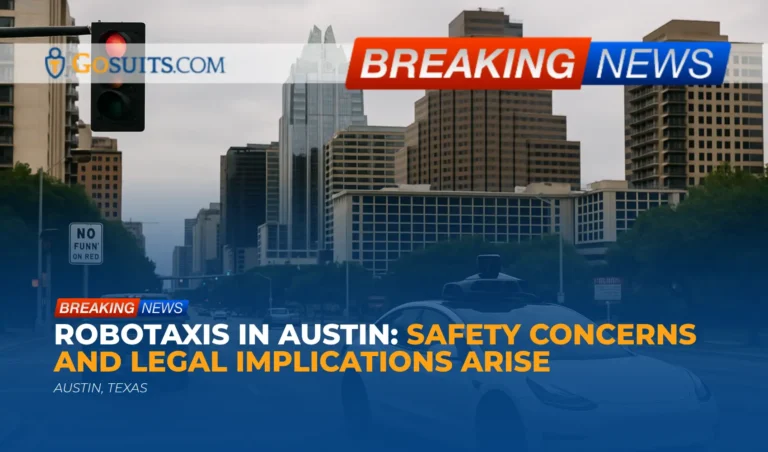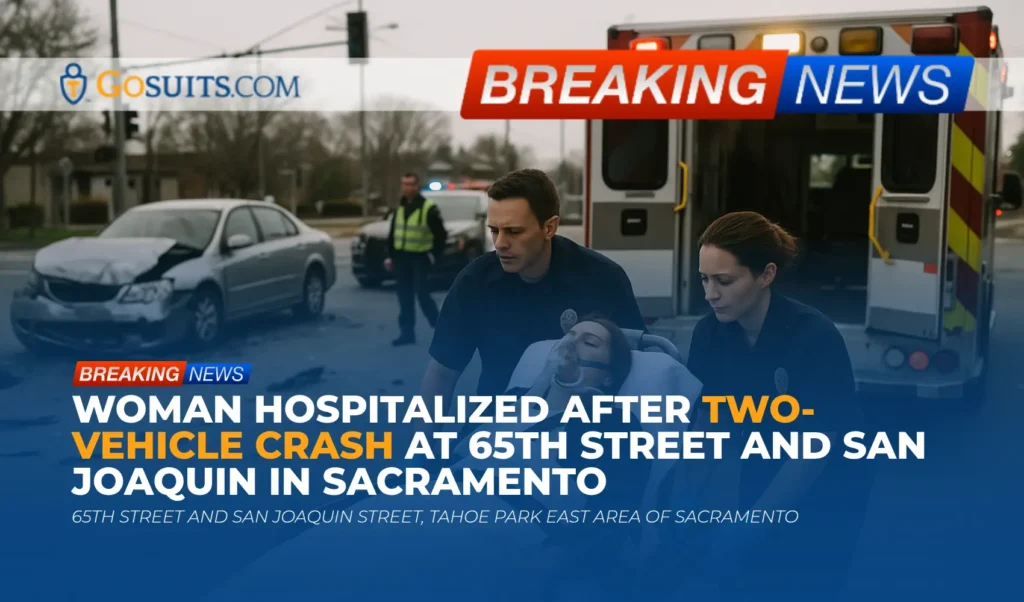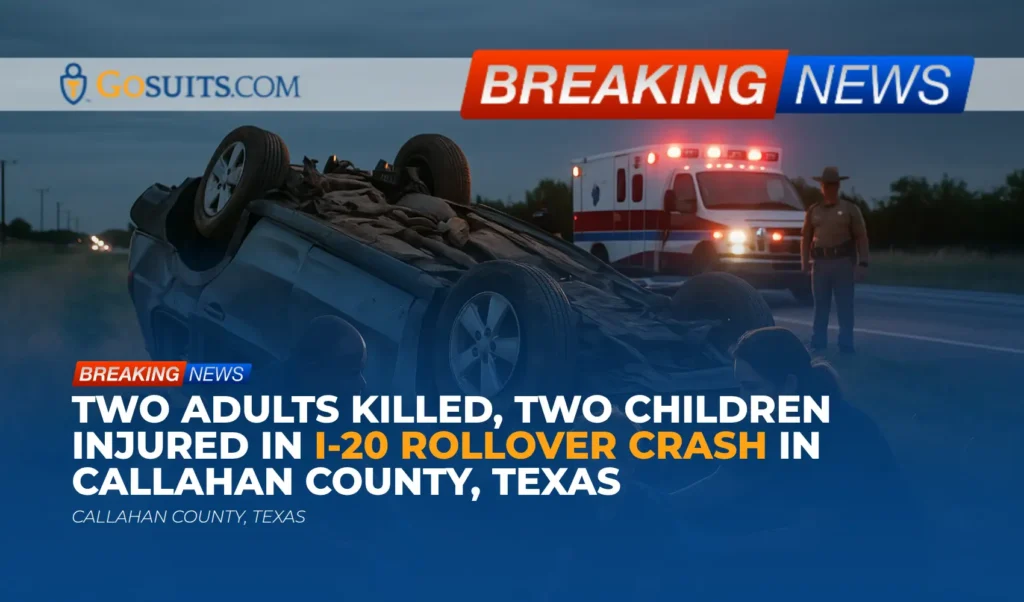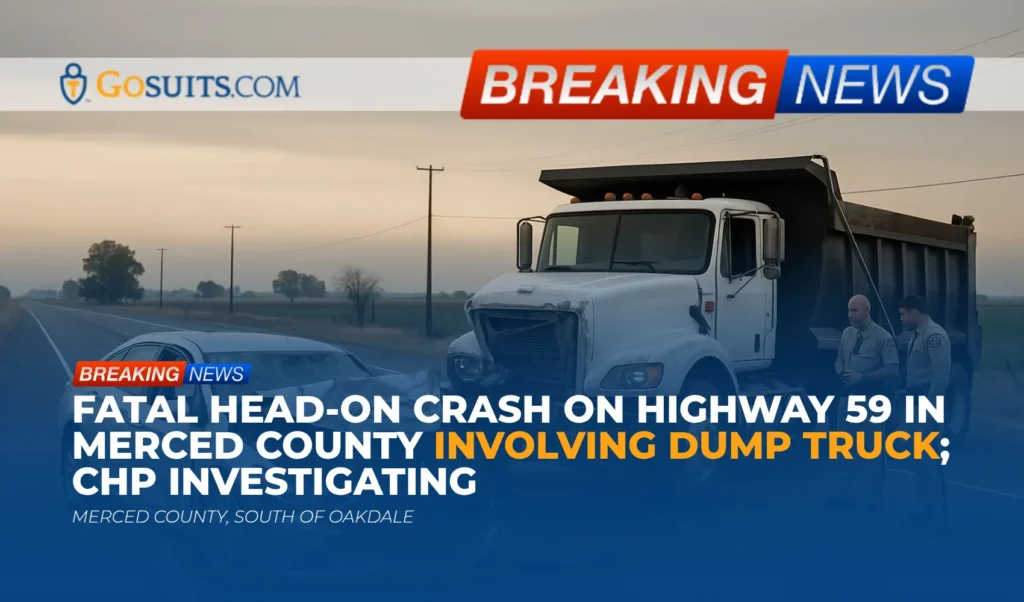Austin, Texas, has recently seen the introduction of Tesla robotaxis onto its streets, coinciding with new state legislation requiring permits for self-driving vehicles. This development has sparked debate about the readiness and safety of autonomous vehicles for public use, particularly concerning potential personal injury risks. While the initial rollout was limited to invited passengers and included human oversight in the front seat, the long-term implications of fully autonomous vehicles on city streets are raising questions among drivers, political leaders, and businesses.
Concerns Over Readiness and Safety
The rollout of robotaxis in Austin has not been without its critics. John Schultz, founder of EZLocator, has voiced his concerns about the technology’s maturity, stating that it may be “too early to basically start rolling these things out to the masses.” Schultz highlights the potential for these vehicles to disrupt normal street activity and the significant impact their decisions could have on human lives.
One of the key concerns revolves around the decision-making capabilities of the vehicles’ computerized algorithms. While technology has advanced significantly, questions remain about how these systems will respond in complex and unpredictable real-world scenarios. The hypothetical scenario posed by Schultz – an autonomous vehicle facing an unavoidable collision with an 18-wheeler and having to choose between hitting a family of four or a motorcycle rider – illustrates the difficult ethical and safety considerations involved.
Limited Rollout and Human Oversight
The initial deployment of Tesla robotaxis in Austin was carefully controlled, with only invited passengers allowed to participate. Importantly, Tesla employees were present in the front seats, providing a level of human oversight. This suggests an acknowledgment of the current limitations of the technology and a commitment to prioritizing safety during the initial testing phase.
However, the long-term plan is for these vehicles to operate without human drivers, relying solely on their computerized systems. This transition raises concerns about the potential for accidents and injuries, particularly given the complex and dynamic nature of urban traffic environments.
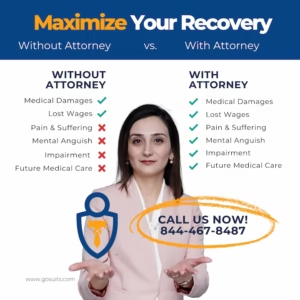
The Need for Further Testing and Development
Schultz suggests that a more measured approach might be necessary, recommending that developers “take it to a smaller town or a smaller city, where you don’t have as much traffic to work out some of the bugs.” This approach would allow for more extensive testing and refinement of the technology in a less demanding environment before widespread deployment in a major urban center like Austin.
The question of public trust is also central to the successful adoption of robotaxis. People need to feel confident in the safety and reliability of these vehicles before they will be willing to entrust their lives to them. This will require not only technological advancements but also transparency and open communication about the limitations and potential risks of autonomous driving systems.
Legal and Personal Injury Implications
The introduction of robotaxis raises several legal and personal injury considerations. In the event of an accident involving an autonomous vehicle, determining liability can be complex. Traditional accident scenarios typically involve human drivers, whose actions can be assessed for negligence. However, with robotaxis, the responsibility may lie with the vehicle manufacturer, the technology provider, or other parties involved in the design, development, and operation of the system.
Potential personal injury claims arising from robotaxi accidents could involve various legal theories, including product liability, negligence, and strict liability. Establishing causation and proving damages can also be challenging in these cases, requiring detailed investigation and skilled legal advocacy.
The rise of autonomous vehicles also raises broader questions about insurance coverage and regulatory oversight. Existing insurance policies may not adequately address the unique risks associated with robotaxis, and new regulatory frameworks may be needed to ensure public safety and protect the rights of accident victims.

Commentary from Gosuits Austin, Texas Personal Injury Attorney
The advent of robotaxis in Austin presents both exciting possibilities and significant challenges. While the potential benefits of autonomous vehicles, such as increased safety and efficiency, are undeniable, the technology must be thoroughly tested and rigorously regulated to ensure public safety. The limited rollout and human oversight during the initial phase are steps in the right direction, but ongoing vigilance and a commitment to addressing potential risks are essential.
From a personal injury perspective, the introduction of robotaxis creates new uncertainties and legal complexities. It is crucial that individuals injured in accidents involving autonomous vehicles have access to experienced legal counsel who can navigate these challenges and protect their rights. As technology continues to evolve, the legal landscape surrounding autonomous vehicles will likely change as well. It is imperative that the legal system adapts to these changes to ensure fair compensation for those injured by autonomous vehicle technology.
